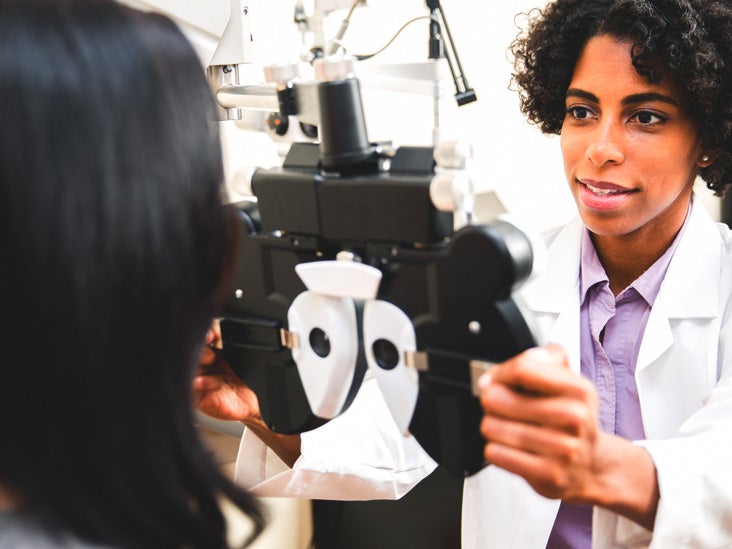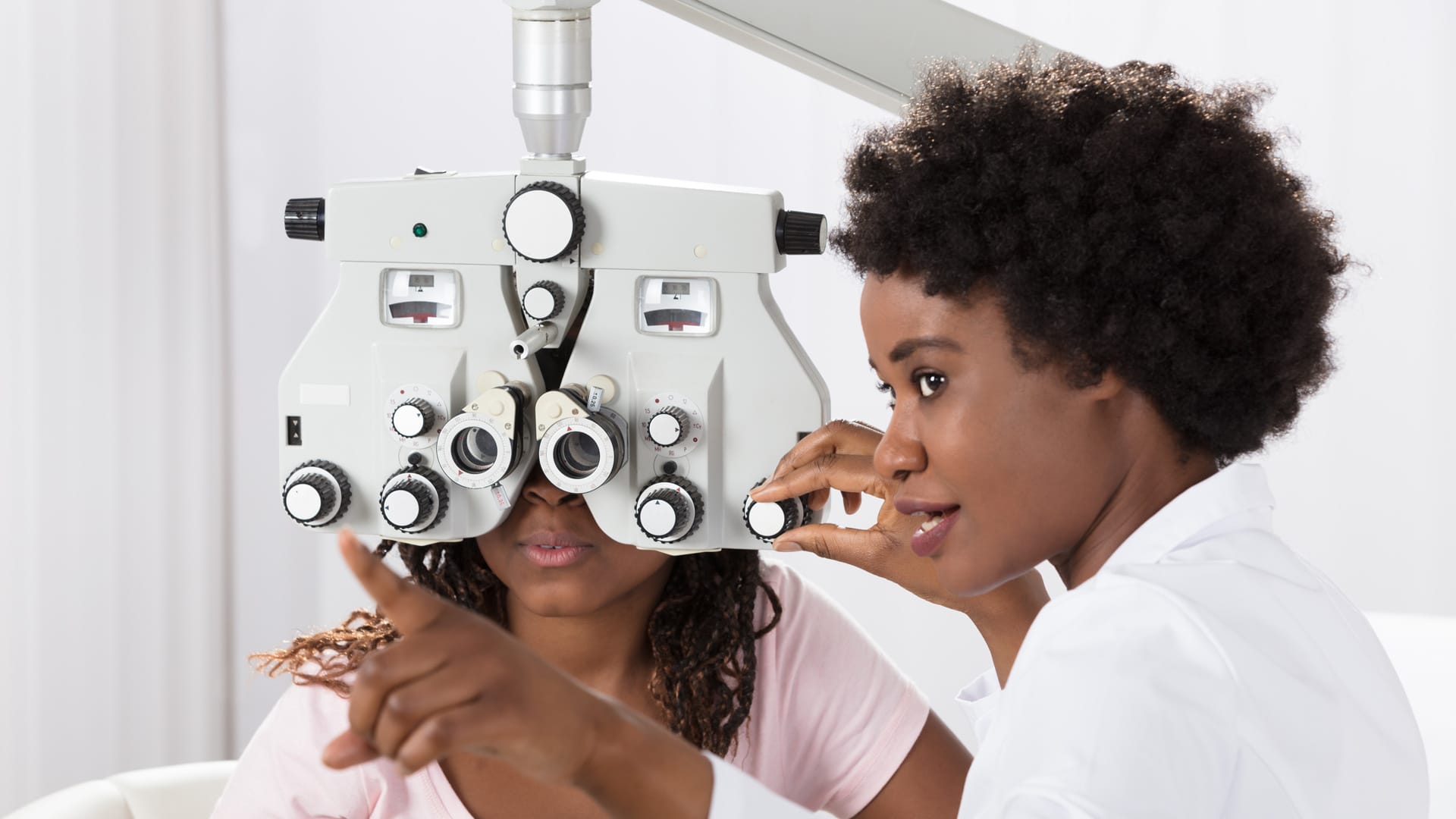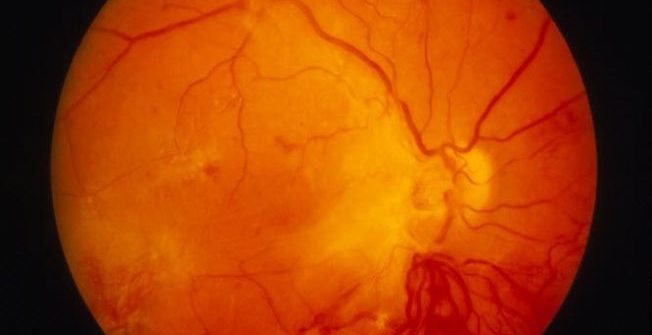What Does Eye Checks Mean?
Table of ContentsSome Of Adult CataractOur Amblyopia IdeasOur Amblyopia Ideas8 Easy Facts About Adult Cataract Explained
Ophthalmologists are medical doctors that specialize in the medical diagnosis and therapy of eye and also vision issues. These 3 types of eye treatment professionals have instead similar-sounding names and also overlapping job summaries.They can not provide eye tests, compose prescriptions, or diagnose or deal with eye issues. can analyze your eyes, test your vision, recommend glasses or get in touches with, as well as diagnose as well as treat lots of eye problems as well as conditions. They are not medical doctors or doctors however can suggest certain eye-related drugs (https://cplusplus.com/user/drcrlinecatt/). Give eye exams, vision testing, and prescriptions for glasses or contact lenses.

Eye doctors identify and also treat injuries, infections, conditions, as well as disorders of the eye. Therapies can include drug taken orally (by mouth) or topically (in the eye), surgical procedure, cryotherapy (freeze treatment), and radiation treatment (chemical treatment). Eye doctors attend medical college after that receive several years of specialty training in the medical as well as medical treatment of the eye.
The 2-Minute Rule for Comprehensive Ophthalmology
As they are the only physician that can deal with all eye conditions, eye doctors see a wide variety of eye problems, consisting of: How frequently should you have an eye test? What are symptoms that indicate you may have an eye problem that needs to be checked by an ophthalmologist? The American Academy of Ophthalmology suggests: As kids's eyes are growing and altering rapidly, they must obtain a vision testing.
Adults who have healthy and balanced eyes and also excellent vision ought to have four detailed eye exams: one in their 20s, two in their 30s, as well as one at age 40. These checkups may allow the ophthalmologist to capture an eye illness or vision modifications at an early stage. By the time you discover signs and symptoms, you might already have some vision loss (COMPREHENSIVE OPHTHALMOLOGY).

People that are at a greater risk of eye disease might need to obtain an eye exam more often. This can consist of people with diabetic issues, high blood pressure, or a family members background of eye issues - ADULT STRABISMUS. After age 65, your eyes should be checked every one to two years. Despite age, individuals that put on calls need to have a total eye examination every year.
Your sight depends on seeing the best eye medical professional at the right time. When it's time to "get your eyes examined," make sure you are seeing the right eye care expert for your needs.
Our Adult & Paediatric Eye Surgery Ideas

is a clinical or osteopathic physician that specializes in eye and also vision treatment. Ophthalmologists vary from optometrists and also lens in their levels of training as well as in what they can identify and also deal with (https://drcrlinecatt.onzeblog.com/12486326/dr-caroline-catt). As a clinical doctor who has completed university and also at the very least eight years of added clinical training, an ophthalmologist is certified to exercise medication as well as surgery.
Several ophthalmologists are likewise involved in scientific study on the reasons as well as remedies for eye illness and also vision problems. SUBSPECIALISTS: EXTRA KNOWLEDGE AS WELL AS TRAINING FOR DETAILS EYE requires While ophthalmologists are educated to look after all eye troubles and also conditions, some Eye M.D.s specialize in a specific location of medical or medical this contact form eye treatment.
He or she normally finishes one or two years of added, more in-depth training called a fellowship in one of the major subspecialty locations such as glaucoma, retina, cornea, pediatrics, neurology and also cosmetic surgery, in addition to others. This included training and also expertise prepares an ophthalmologist deal with even more complicated or particular problems in specific locations of the eye or in particular groups of clients.
An optometrist is not a medical physician. An eye doctor obtains a physician of optometry (OD) level after finishing four years of optometry college, preceded by three years or more years of university. They are accredited to practice optometry, which mainly entails executing eye exams as well as vision tests, prescribing and also dispensing rehabilitative lenses, finding certain eye problems, and recommending medicines for certain eye illness.
8 Easy Facts About Paediatric Ophthalmology Explained
They make use of prescriptions supplied by ophthalmologists or optometrists, but do not evaluate vision or create prescriptions for visual modification (https://www.imdb.com/user/ur154275142/?ref_=nv_usr_prof_2). Lens are not permitted to diagnose or treat eye illness. ADULT STRABISMUS.
Having a family member with eye disease can make you more vulnerable to having that problem as well. Sight-stealing eye illness can appear at any moment. Extremely commonly they are undetectable initially as well as are tough to identify. That's why it is so essential to see an ophthalmologist for a complete clinical eye exam by age 40, and after that as commonly as recommended by your Eye M.D.
If you have any one of these, make certain to check out an ophthalmologist. A total, medical eye test by an Eye M.D. can be the very first step towards saving your sight. Protruding of one or both eyes; Dark drape or veil that blocks your vision; Decreased vision, even if momentary; Diabetes mellitus; Distorted vision; Double vision; Excess tearing; Eyelid problems; Family members history of eye illness; Halos (tinted circle lights); Hypertension; HIV or AIDS; Injury to the eye; Loss of outer (side) vision; Misaligned eyes; New drifters (black "strings" or specks in the vision) and/or flashes of light; Pain in the eye; Thyroid disease-related eye problems (Tomb' disease); Uncommon red eye.